On assignment for the American Counter Terrorist magazine, Andrew Balcombe visited the Polish Special Operations Command POLSOCOM in Krakow last summer.
His article is republished here with the kind permission of CT Magazine. All images are copyright POLSOCOM.
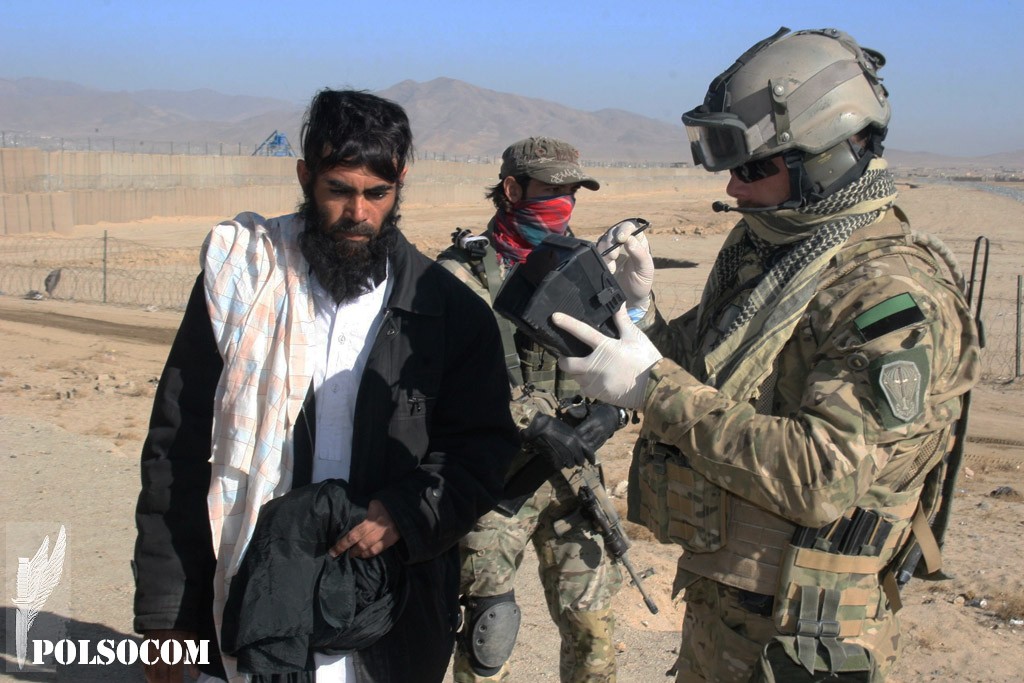
The trip was memorable because the Poles were so open regarding showing him their special operations units. It was also unique because one unit in particular shared their story of how they pulled off a risky and complicated hostage rescue in the middle of a chaos situation.
Earlier this year, a story circulated in the press that a small team of Polish commandos had rescued a number of Afghan hostages from insurgents inside a seized Governor’s compound in Paktika province.
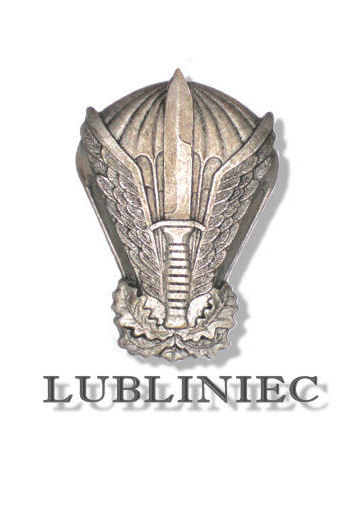
But firstly, here is some background on the Polish mission currently on operations in Afghanistan.
In 2009, the Polish armed forces contingent in Afghanistan increased to about 2600 personnel. The Polish government took control of the Ghazni Province and the Polish special operations task force, TF49 was moved from Kandahar to FOB Ghazni.

In the beginning of 2010, another POLSOCOM unit, TF50, rotated into Ghazni, the ‘Polish province’. It was created by special operations troops from 1PSK (JWK) known in English as ‘Special Commando Regiment’. They were stationed in two main Polish bases – FOB Ghazni and FOB Warrior and their main role was to mentor and train special units of the Afghan police – the Province Response Company from Ghazni Province. TF50’s mission sets are: recon ops, Direct Action and High Value Target arrests (with their PRC partners). In 2011, the decision was made that TF50 would take over the mentoring role of another PRC unit for Pakitka Province. So a TF50 detachment was deployed to FOB Sharana.
Efforts to build good relations have been the mainstay of their working partnership with the Afghans security forces and local populations. While the Poles are reluctant to kick down doors, they have been busy training the Afghans to take the lead in their own counter insurgency operations. Their work has achieved high success rates for high value suspect arrests and raiding IED factories. Each step is taken with their Afghan partners.
The Deputy commander of TF50, said, “The Afghans have a long fighting tradition, and we knew that if they trusted and respected us because we showed the same trust and respect in them, then they would follow us into very dangerous situations.” He also said, “If the Afghan fighter is motivated, then they will fight hard for you and take great personal risks if necessary.”
In Paktika earlier this year, TF50 was called upon to assist in the resolution of a complex hostage rescue situation. The operation was conducted with the close support of the Afghan security officers they had been training.
The following account, was provided to the author by a veteran member of the Polish 1PSK (JWK) who took part in the mission.
The Counter Terrorist: TF50 Hostage Rescue Operation in Afghanistan
By: ‘Siwy’ and Andrew Balcombe
The Mission
Provincial Government compound Sharana City
Paktika 10 January 2012
On the 10th of January in Sharana City, a meeting of local Afghan VIPs was scheduled. The list of guests included the Governor of the Shoran Province, Chief of the NDS intelligence service, PCOP (Provincial Commander of Police) and the regional Commander of the Afghan Army. Militants had found out about the meeting and decided to attack and kill all who were present. The attackers included suicide bombers wearing explosive vests (five months before, they had managed to kill 17 policemen in the same way).
During the meeting of VIPs, a group of five insurgents dressed in military and police uniforms approached one of the vehicle control points (VCPs) in a military vehicle. One of the policemen on duty at the VCP noted something was wrong and started a detailed inspection of the group. The insurgents realized they had been discovered and went overt.
They turned left and headed towards the Governor’s building. Afghan policemen from the VCP armed with AK-47s rifles and PK medium machine guns opened fire but were unable to stop them. Two policemen who were sentries at the communications center tried to block the car but the insurgents shot them and rammed the main gate of the building. They were unable to achieve their objective – the governor’s building, so they attacked the communication center, penetrating the building and taking the people inside hostage.
The incident took place close to our location; our TF50 detachment was training PRC personnel on the FOB, and we were close to the provincial center buildings. We spoke to a policeman from the VCP and quickly learned what had happened. We also received information from the chief of the NDS (intelligence service). The insurgents had suffered no casualties to this point, had seized the communications center and had taken four hostages.
During the initial attack, the insurgents had killed two civilians on the communications center. How this happened is not clear, but we suspect the civilians had tried to escape. The Afghan PRC (Provincial Response Company) from Sharana was tasked to be the quick reaction force for the meeting. When the crisis started, the PRC was ordered to establish a cordon surrounding the communication center.
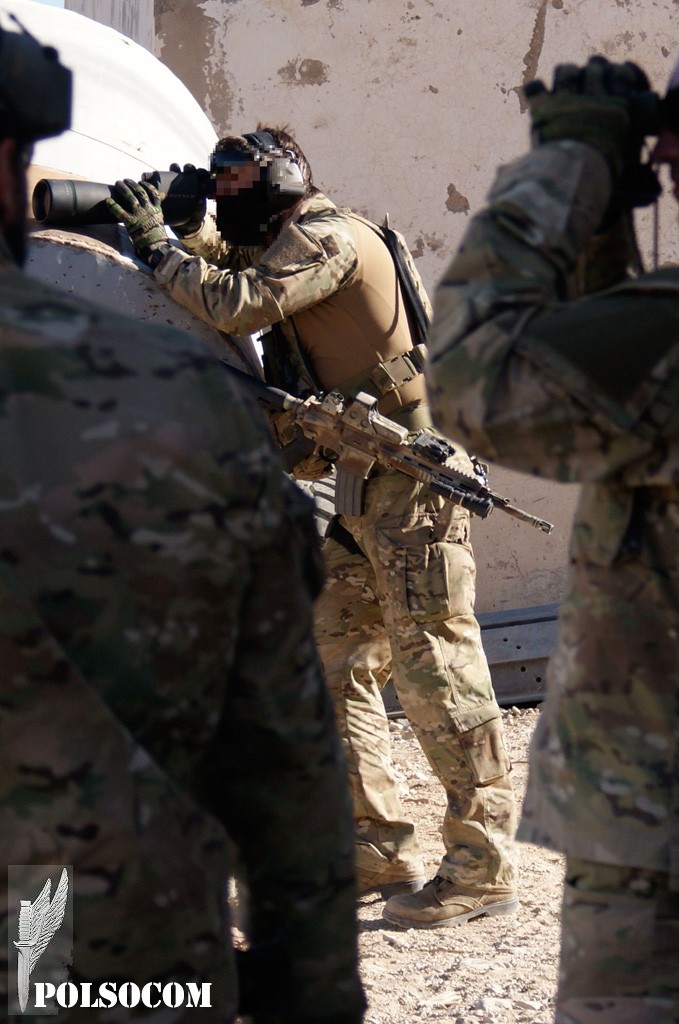
The insurgents began firing small arms and RPGs from the buildings windows and managed to damage an MRAP vehicle. At the same time, we heard another group of insurgents were trying to support the five inside the building by attacking the PRC from outside the cordon. We didn’t have detailed information about how many insurgents were in the second group. We only knew there were a number of ‘civilians’ from the city and individual insurgents joining then in an apparent attempt to distract the attention of the coalition forces. They fired a couple of RPGs and AK-47s.
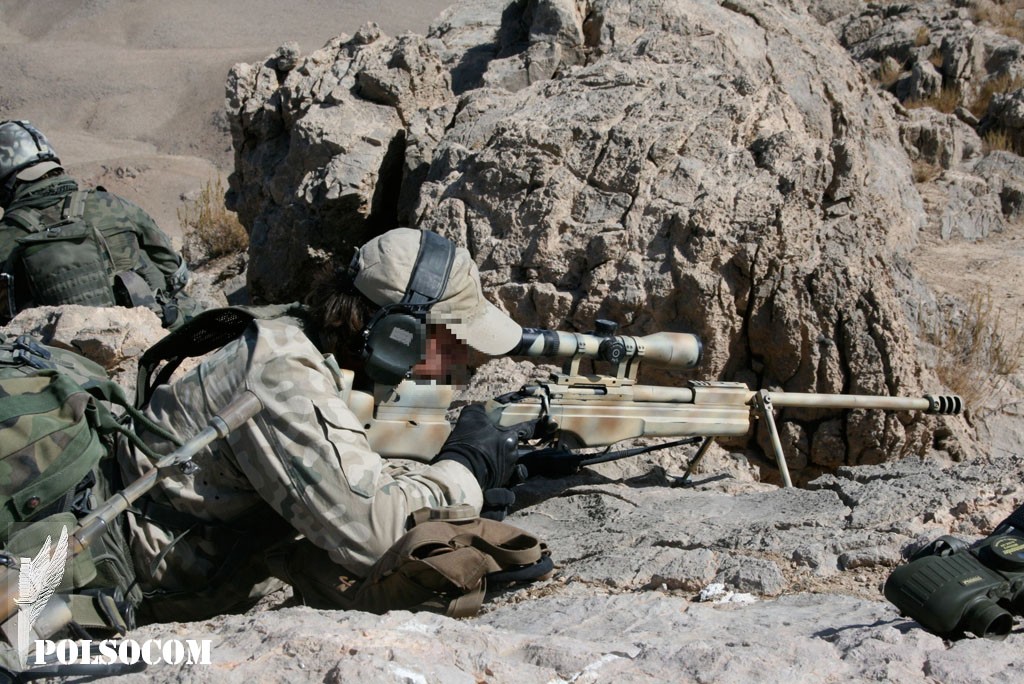
The US Army QRF from FOB Sharana was called to strengthen the PRC. Two AH-64 Apaches arrived as well. The US Commander of FOB Sharana took over responsibility for the operation. He decided to use the helos to clear the roof of the building with their 30mm guns. At that time, all of the VIP’s from the meeting had gathered in the Operations Coordination Centre of the Provincial Governor’s building.
The Governor of Paktika Province then decided to try and rescue the hostages with an assault. Because the PRC were involved in providing cordons. Afghan National Police (ANP) and NDS officers were chosen instead. They conducted two attacks. During the first, the enemy threw hand grenades and used direct fire and the assaulters withdrew from ground floor.
During the second attack the assault group was able to seize the stairs to the first floor. The insurgents then killed one of the policemen by throwing a grenade into the stairwell. The officer was struck in the face by shrapnel and the second assault withdrew again. During the turmoil and with support from inside the cordon, two hostages were able to run for it and successfully escaped. After the second failure, the Governor and Provincial Commander of Police decided to use the PRC as an assault group.
We had been in the area conducting live-fire training with elements of the PRC that day and were close to the compound. We heard the shots and explosions and went to FOB Sharana to find out what was happening. In a phone call with the PRC commander, he described the situation in detail and asked us for help.
Due to the complex situation, the tactical operations center wasn’t eager to give us permission to ‘get into the action’. But after we communicated and negotiated with those involved, we eventually received the green light.
The compound was only 500 meters away. So we first established sniper posts 100 meters from the building. These were positioned on the roof of the NDS intelligence building. They were equipped with TRG 22 (7.62x51mm) rifles. We then joined the PRC Commander on the building next door.
Since the PRC wasn’t directly involved in the assaults, we had time to start planning our assault with them. At that time the coalition forces didn’t have permission to take part in the hostage rescue. But we started preparing our equipment and studying the layout of the building anyway.
We realized the insurgents had very strong positions to defend and they expected attacks would come at the main entrance. So we found a small set of stairs from the left side of the building that seemed to be a better alternative. These stairs gave us the possibility to attack from an unexpected side.
After the two failed assaults, the Governor and the PCOP decided to establish an assault group consisting of PRC policemen. They also asked us if there was a possibility to support them. The Governor was determined to attack as soon as possible because he believed that after dark, the insurgents would kill all of the hostages and try to break out.
We asked the ISAF SOF Commander and POLSOCOM Commander via TF50 TOC for permission to get into the action and received the ‘green light’. The PRC unit we had been training closely with was relieved of their cordon duty by the ANP officers and they joined us.
We established two groups. Each group consisted of four JWK operators and 12 PRCs. We were able to covertly take our starting positions. We had information that the corridor behind the door on the side of the building was empty and we decided to use a 40mm grenade from an HK under slung launcher to blow the door at the end of the stairs. The range between our position and the door was so short that we thought the grenade might not arm and we might have to knock the door out by other means.
The grenade hit the door and breached it, so we climbed the stairs in order to seize the corridor. As we rounded the edge of the corridor one of the insurgents opened fire from the second room on the left side and halted us. He used the doorframe for cover while he fired and we were unable to hit him with our fire.
We threw a flash bang grenade and he hid himself for a second and we used this moment to take rooms on the right side of the entrance. One of our operators had a good position to wait for the insurgent to appear. When the insurgent showed his weapon and shoulder and started shooting again, the operator eliminated him. Our two groups were then able to seize the corridor and we started to clear rooms on the left and the right.
As clearing continued, the remaining terrorists were eliminated. Two wore suicide vests, but were prevented from detonating them. In the same room that one of the suicide bombers had occupied, we found the bodies of two other terrorist. They were probably killed during the previous assaults, or had died from their wounds. Two hostages were also found in the room and released. We checked the rest of the building but there wasn’t any more enemy activity.
During all of the operations four hostages had been released (two of them ran out before the assaults, two were released by the JWK and PRC third assault.) Three policemen had been killed.
During the third assault, we killed three insurgents (two of them had suicide vests); the insurgents had also killed two civilians.
The suicide vests were rigged to be detonated by mobile phone signal. They might have been detonated after receiving a signal from an outside group. Before one of terrorist had died he managed to arm his suicide vest as a booby trap.
Two days after these events a US EOD team of engineers tried to move the body of an insurgent who had hidden himself under blankets. He had previously armed his suicide vest to explode as a booby trap. Two of the EOD team members were wounded (one seriously).
‘Siwy’ (pseudonym) is a veteran of the Polish 1st Special Commando Regiment (1PSK) with more than 10 years of experience.
Mr. Balcombe is an Australian freelance journalist. He reports on international justice, defense and security issues.



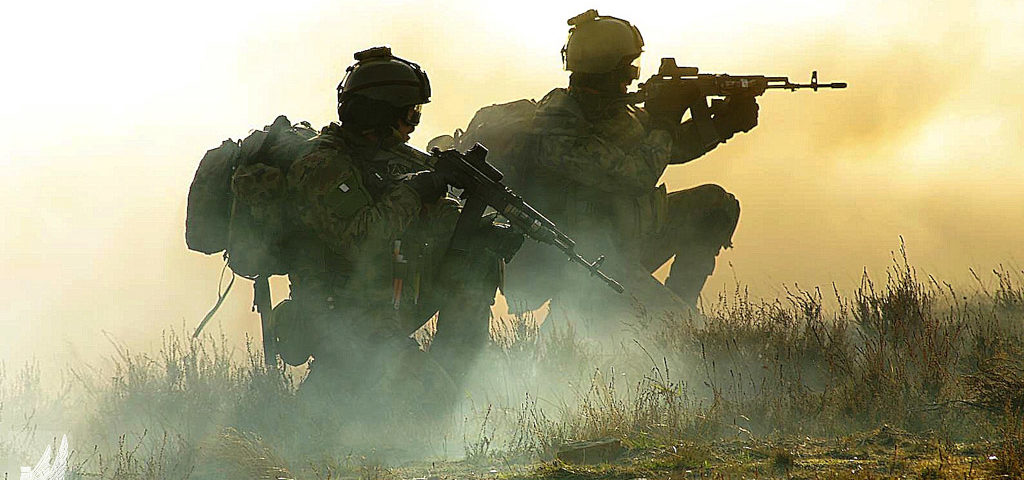
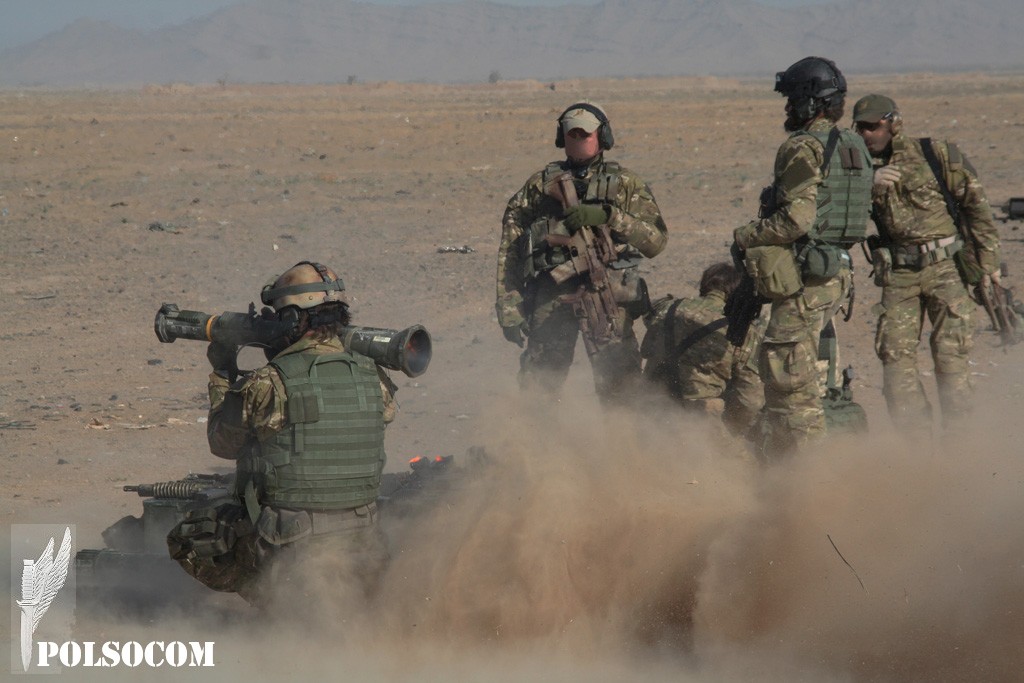
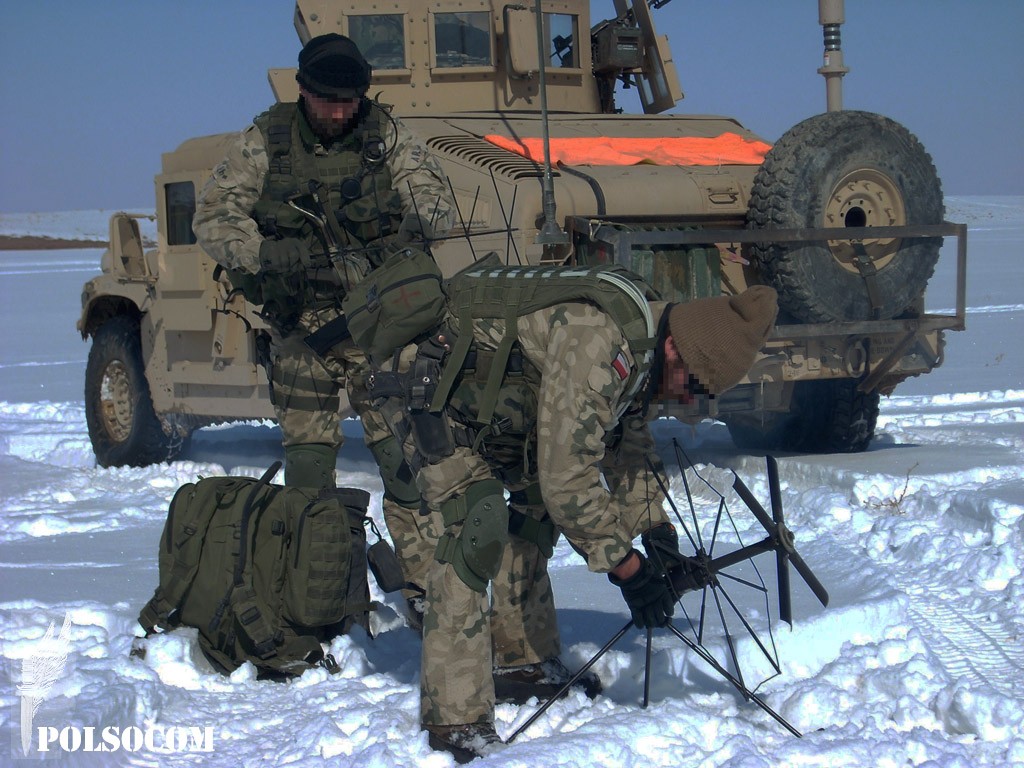
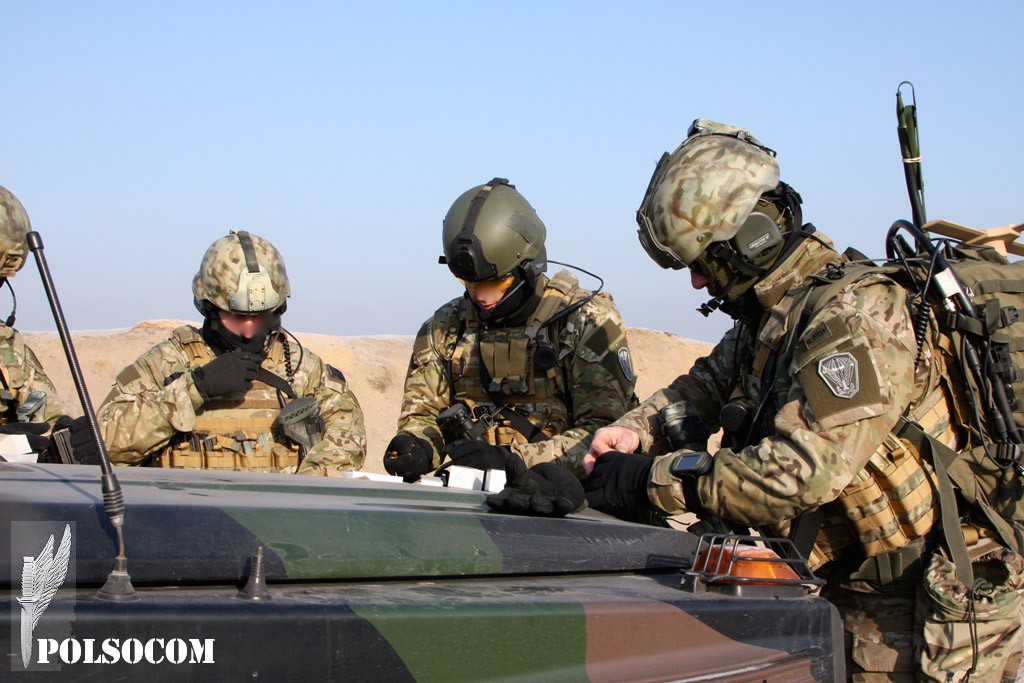
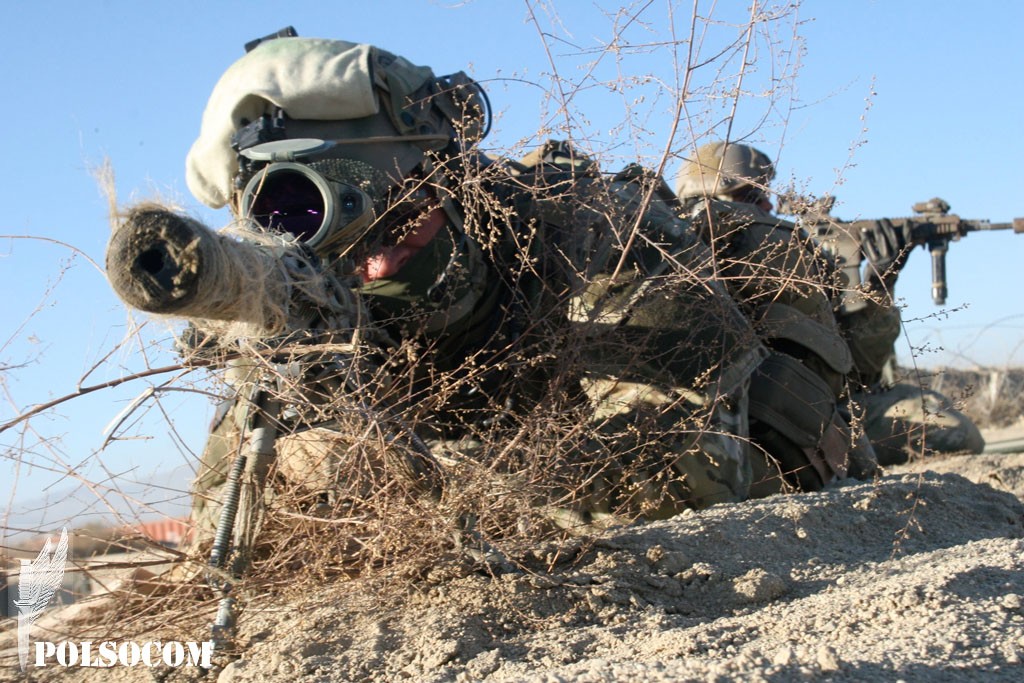
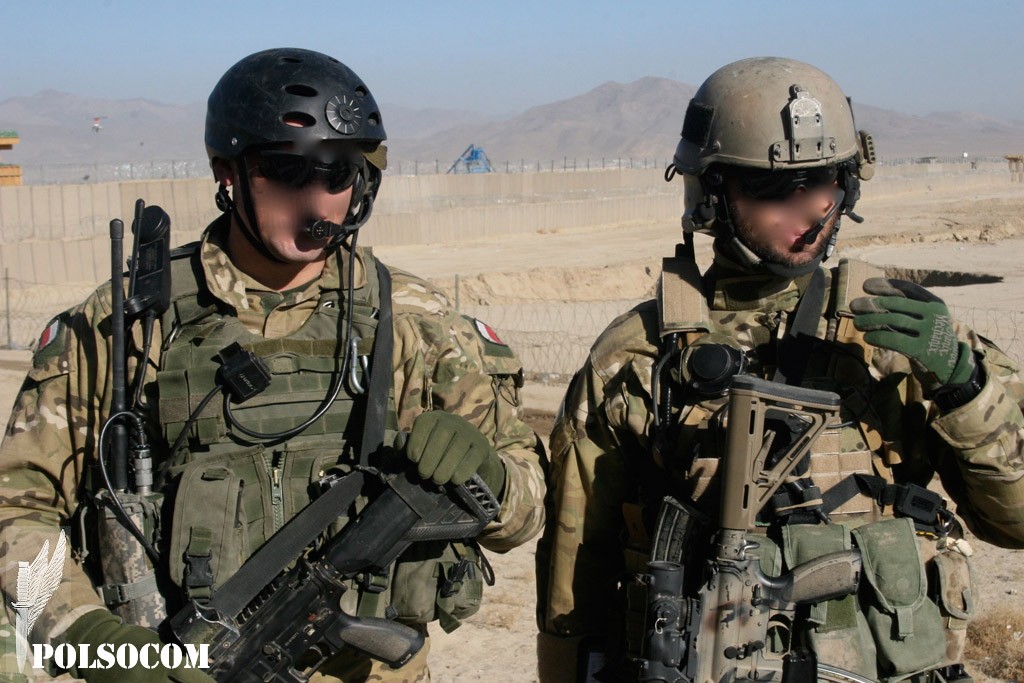
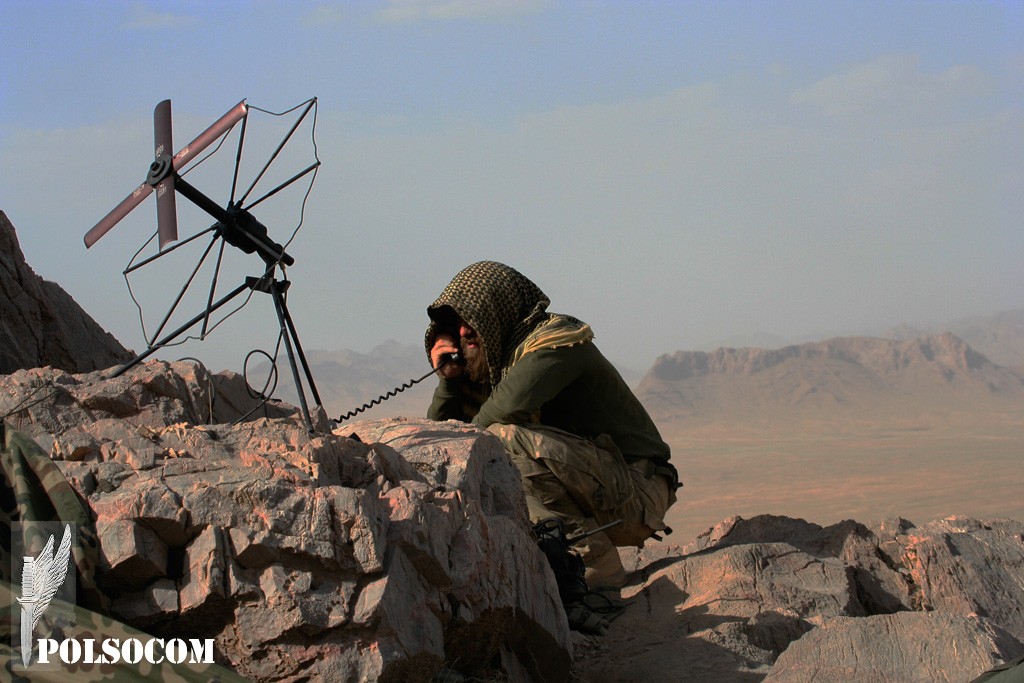
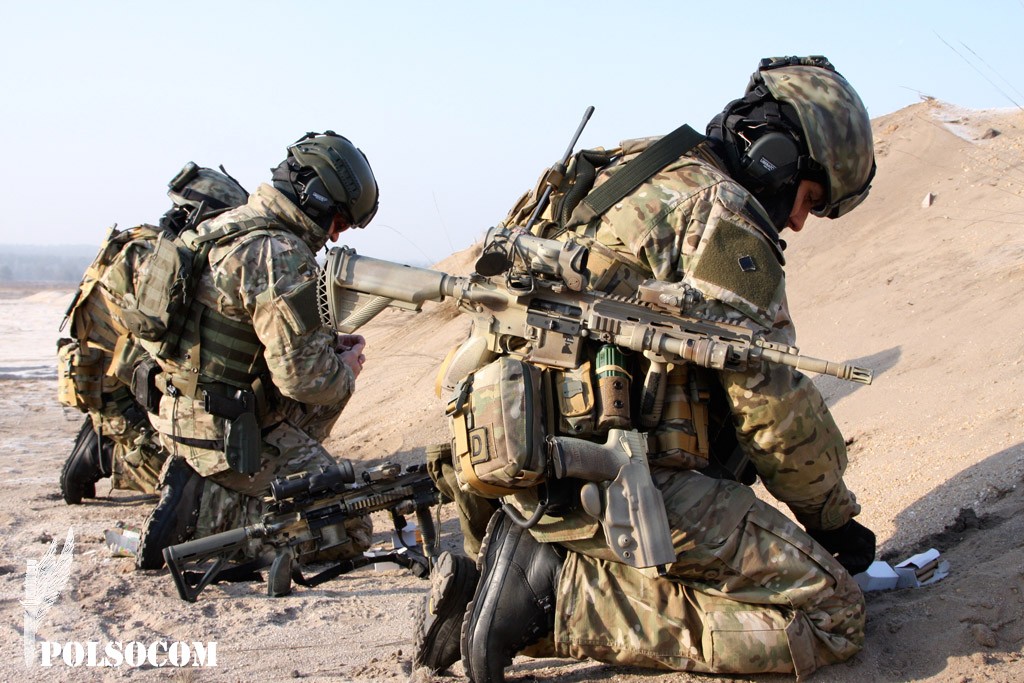
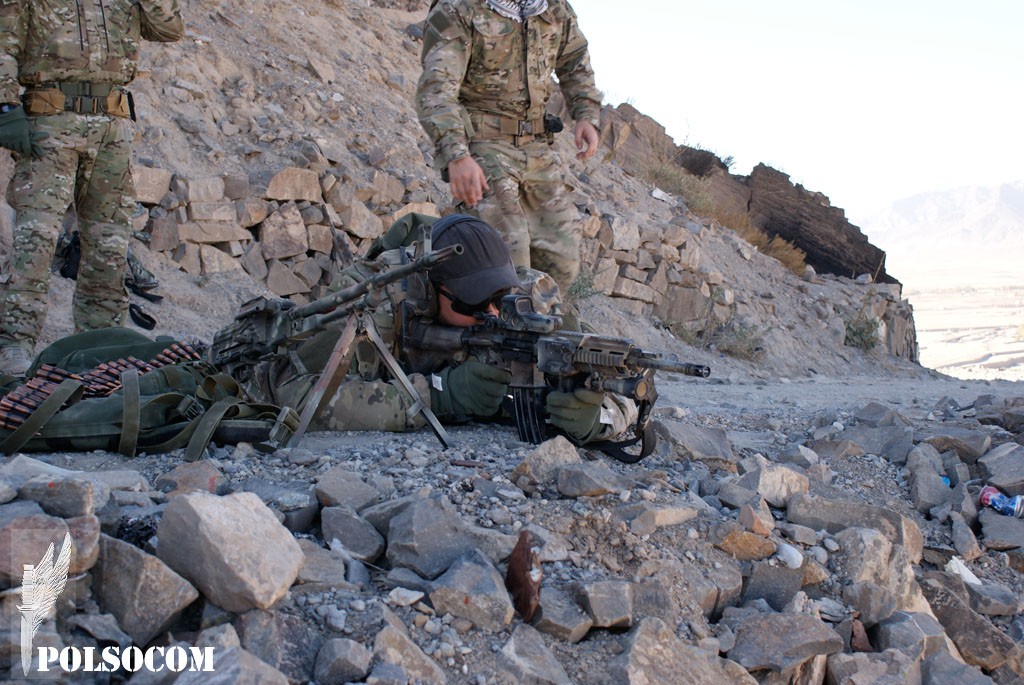
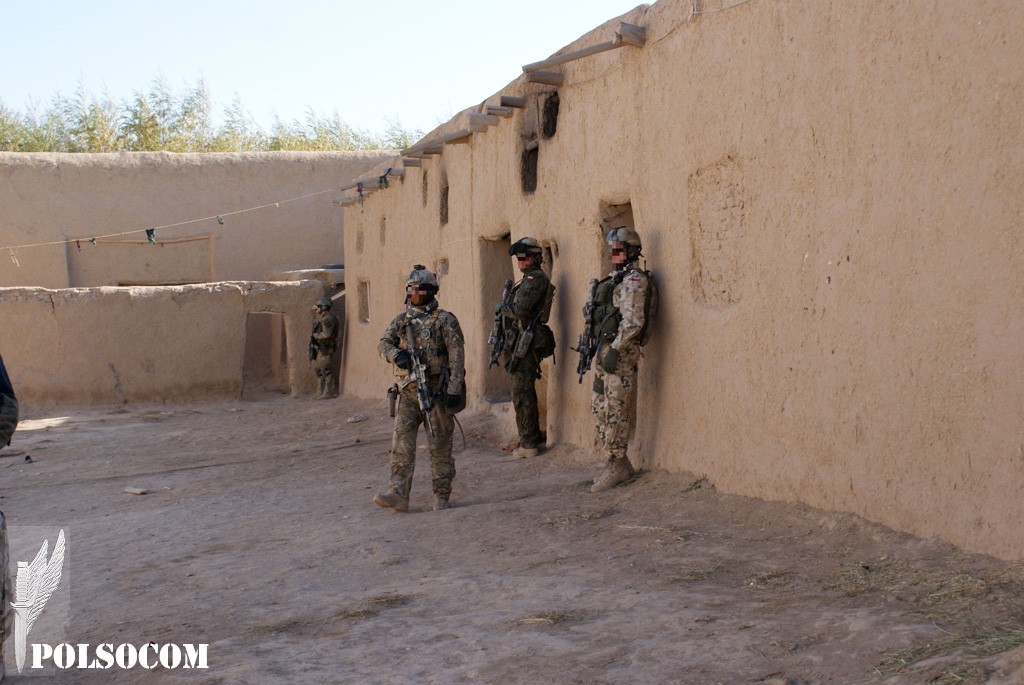
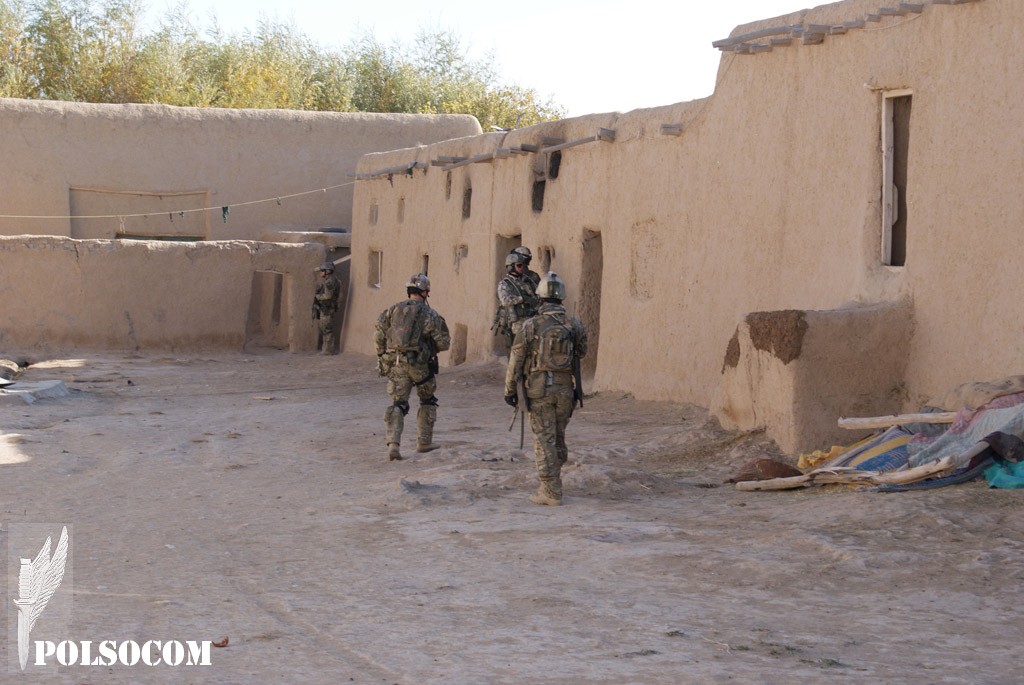
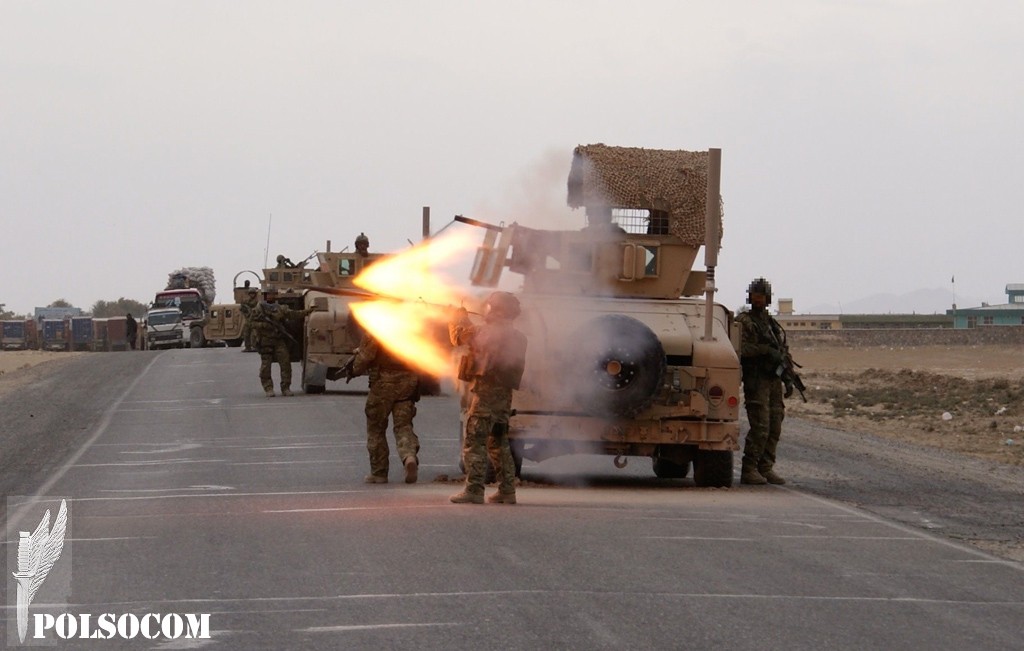
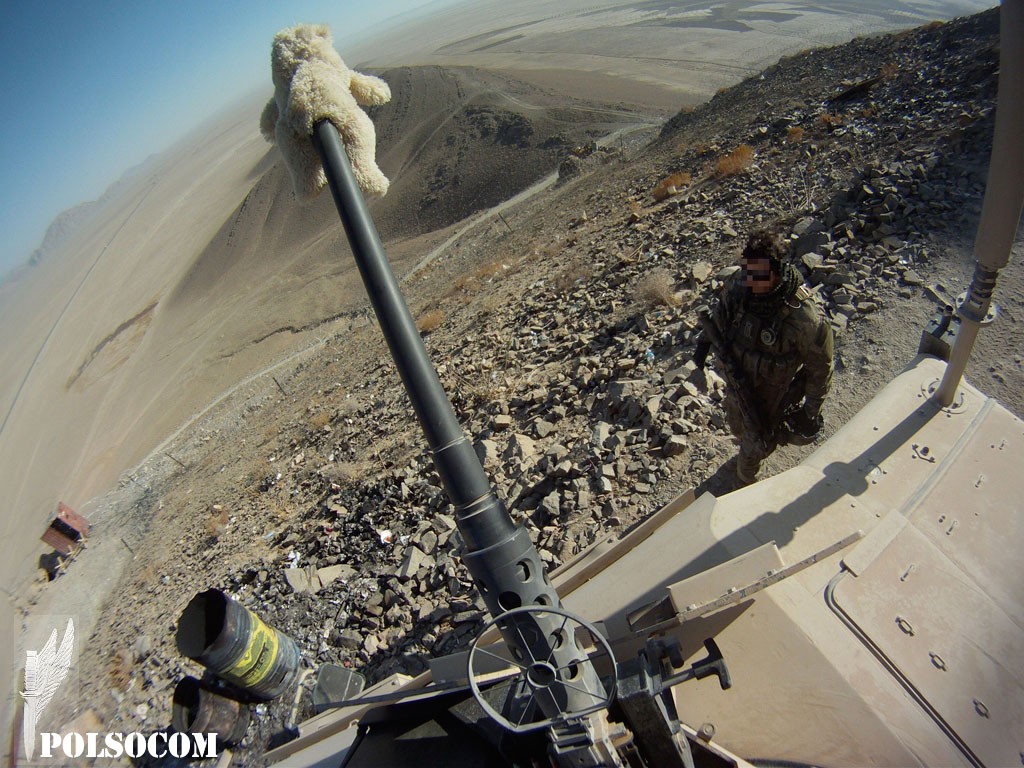
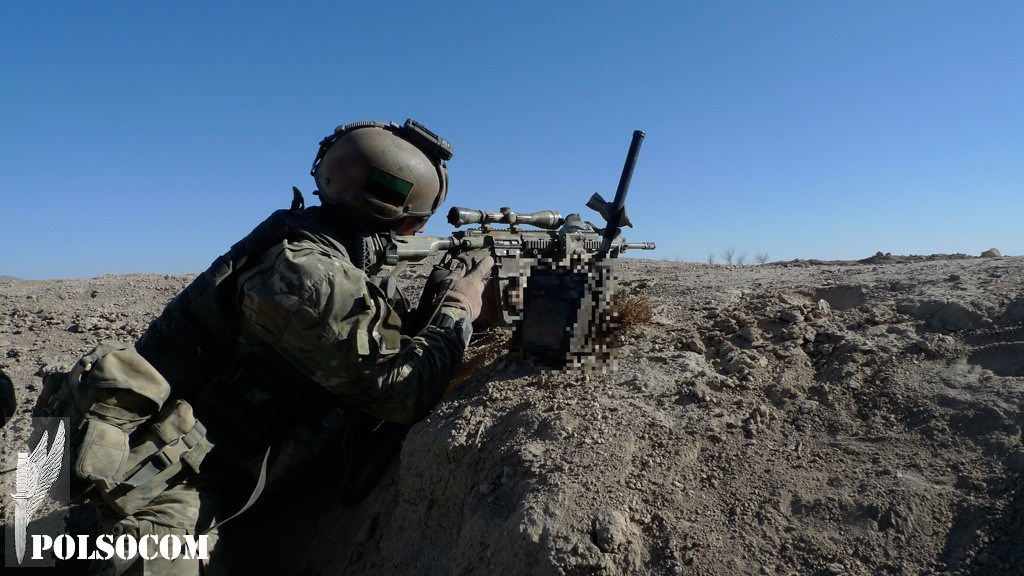
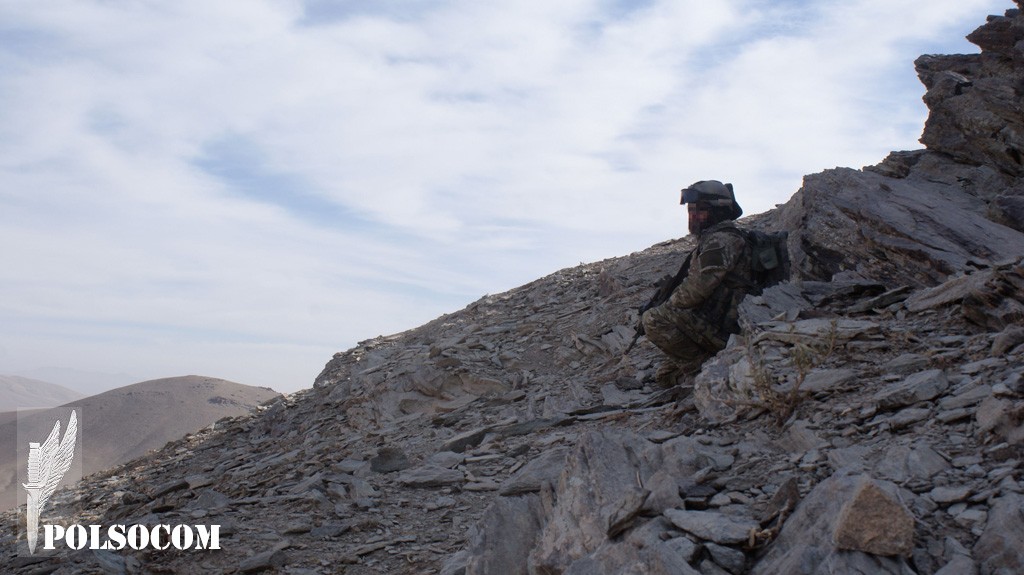
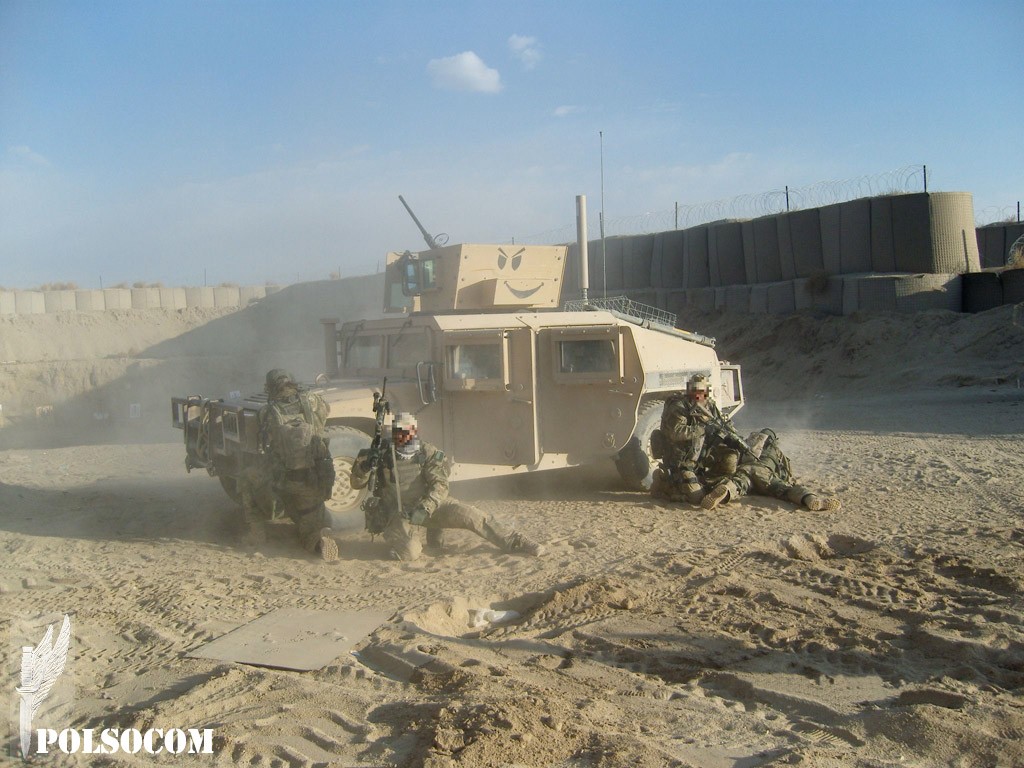
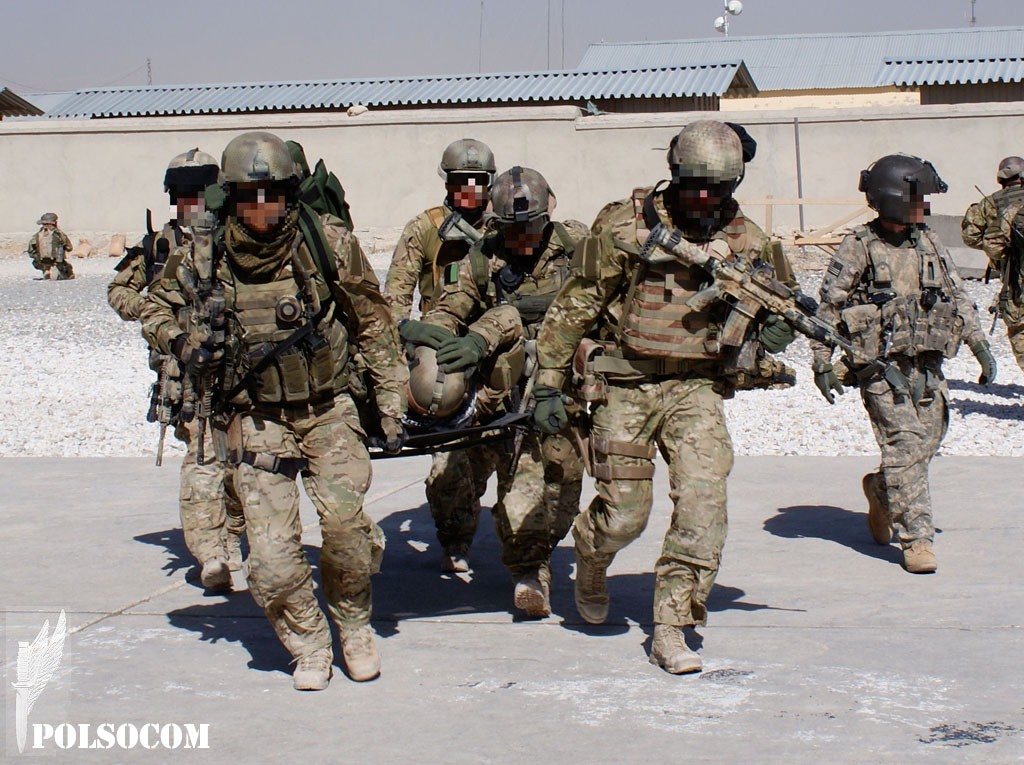
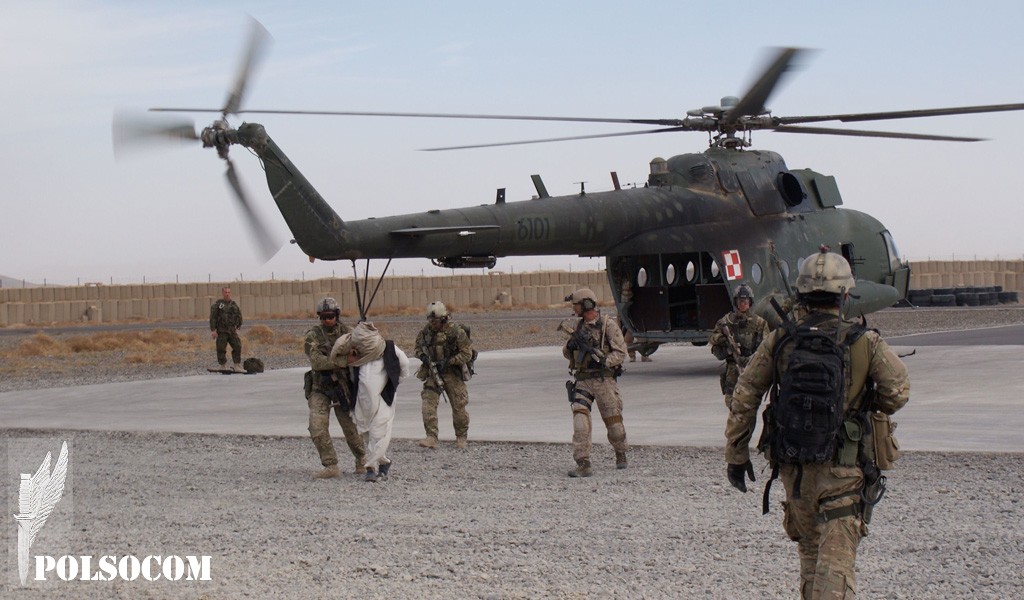
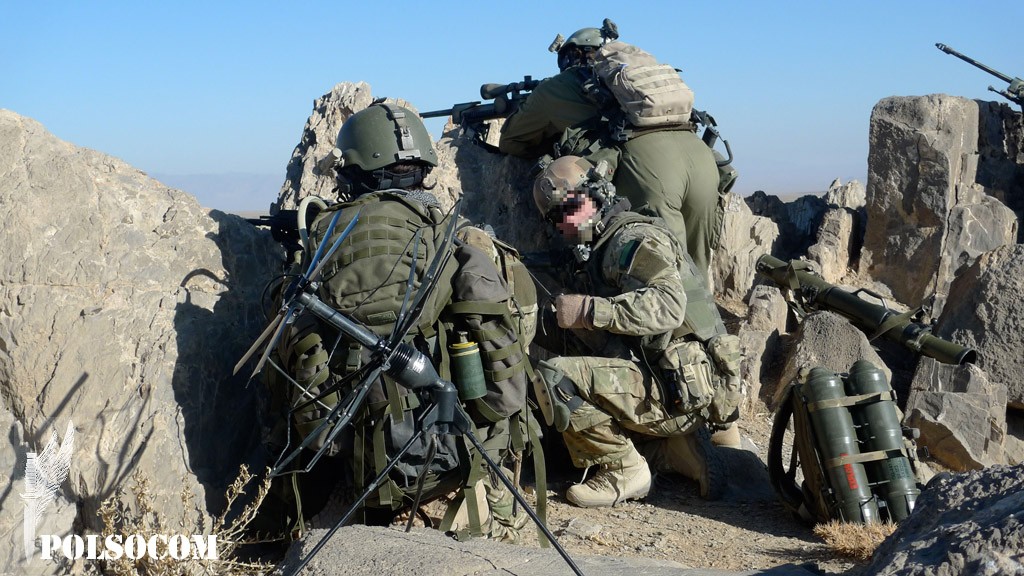
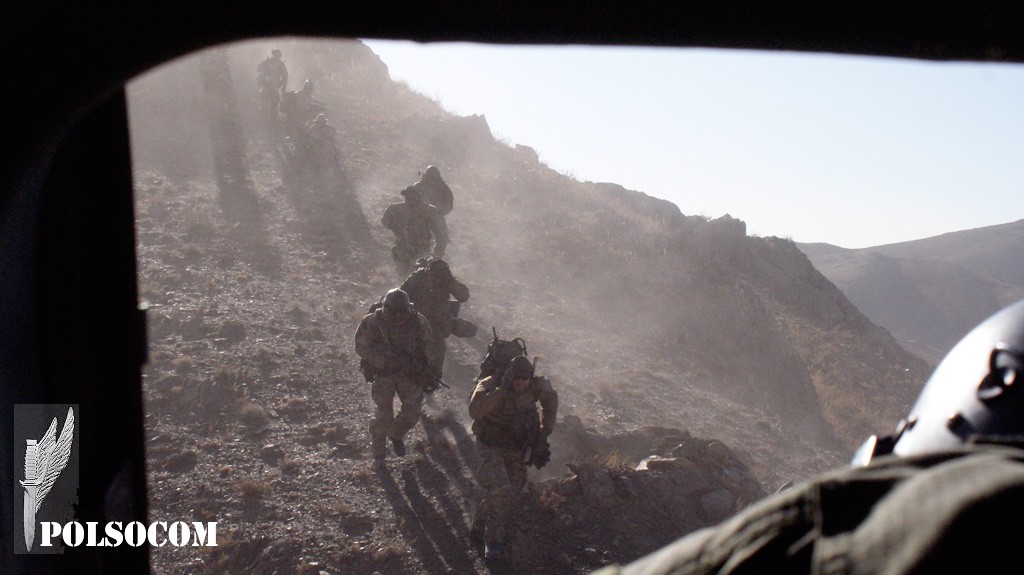
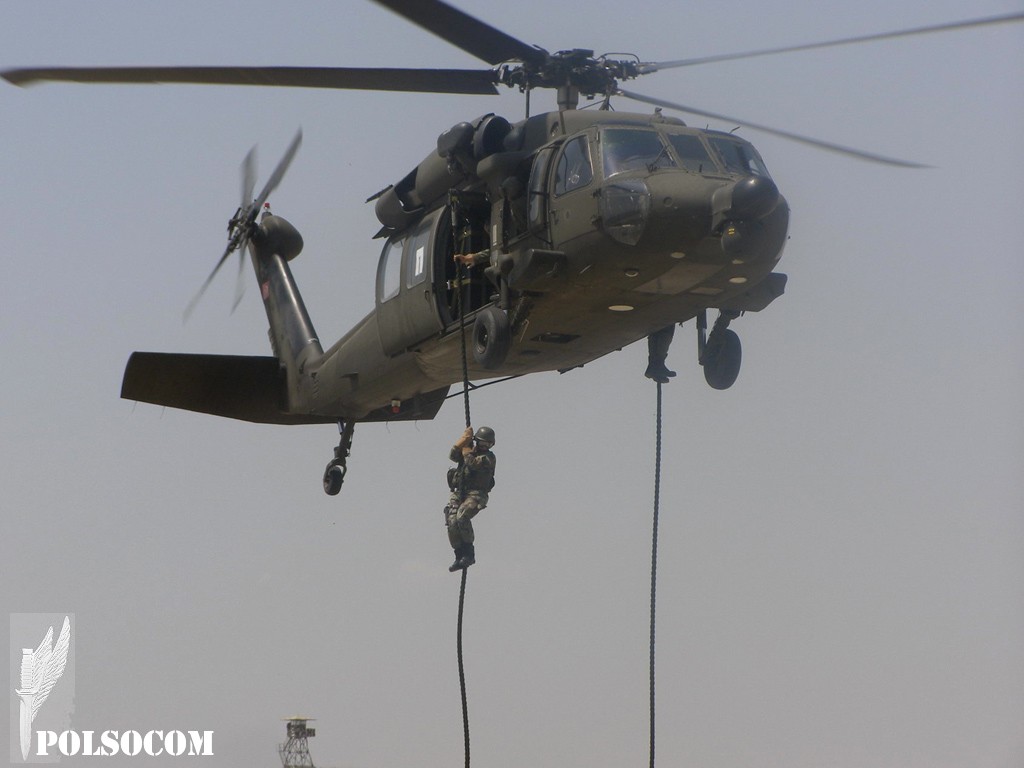
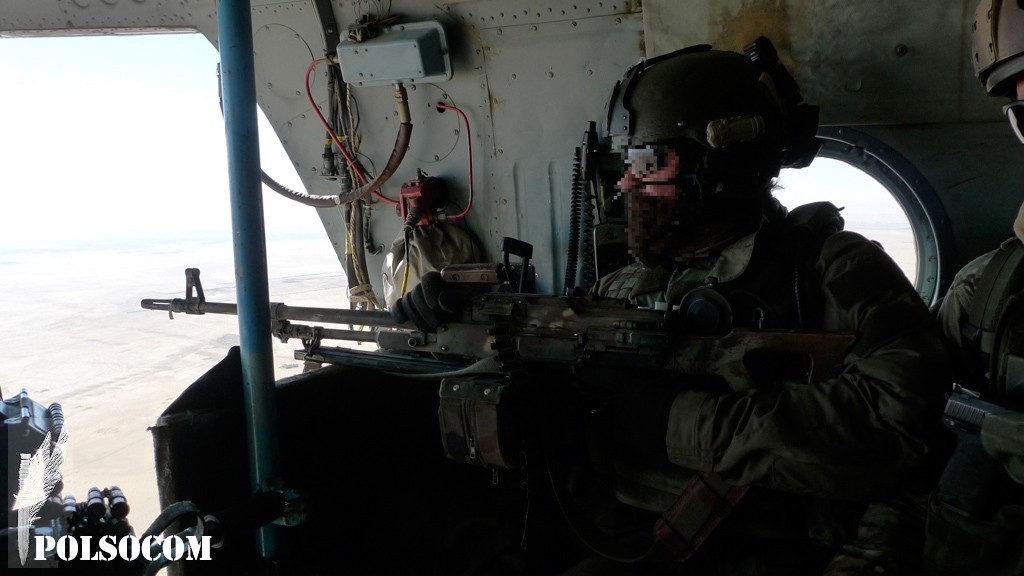
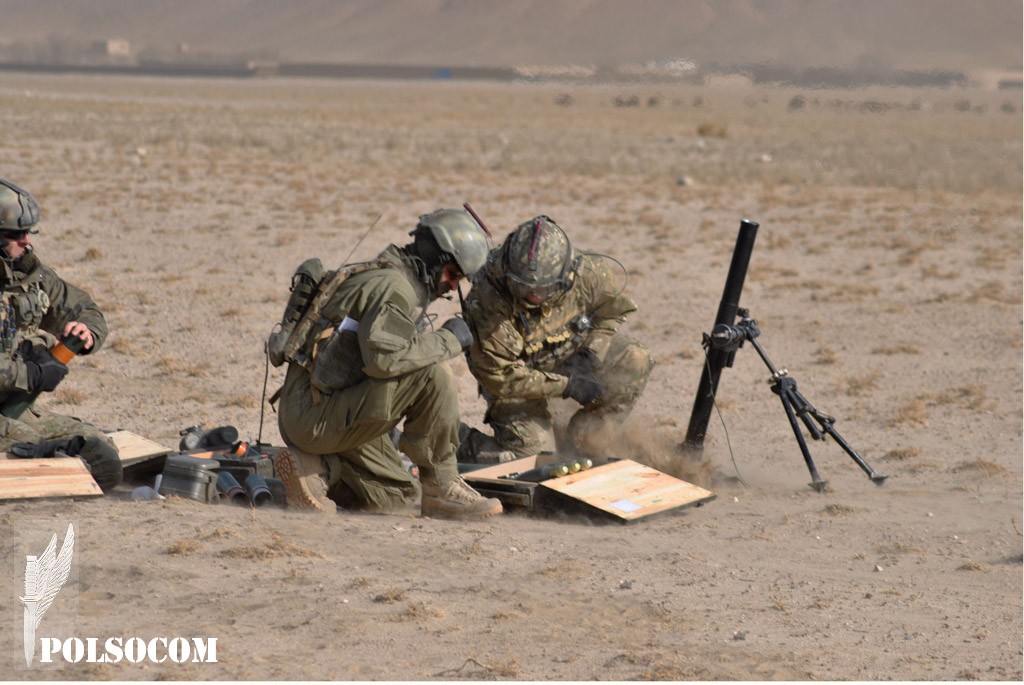
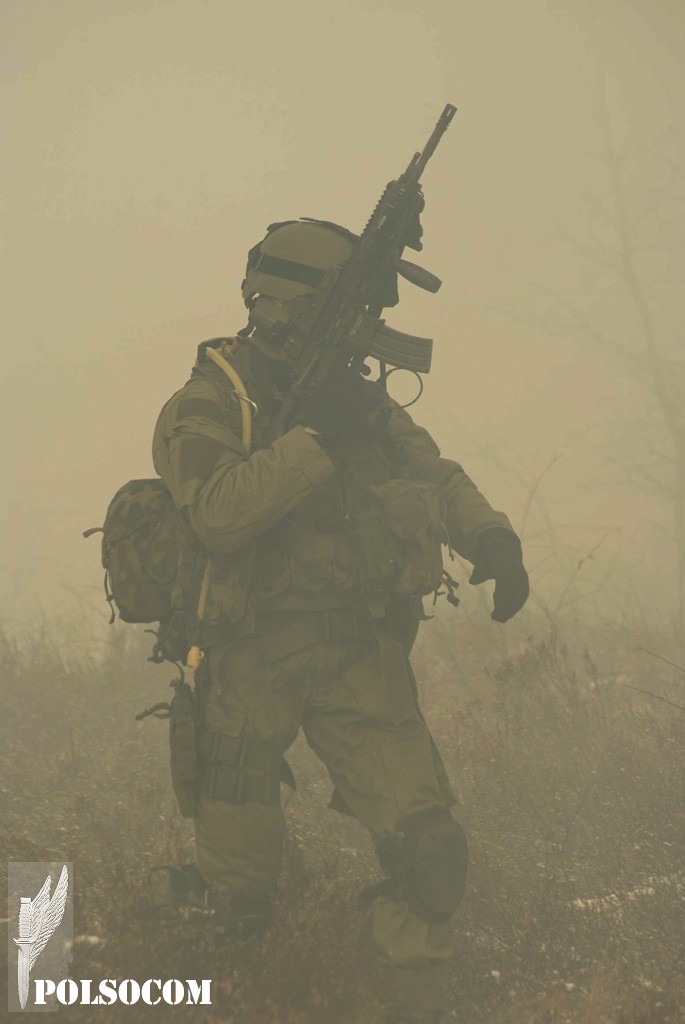
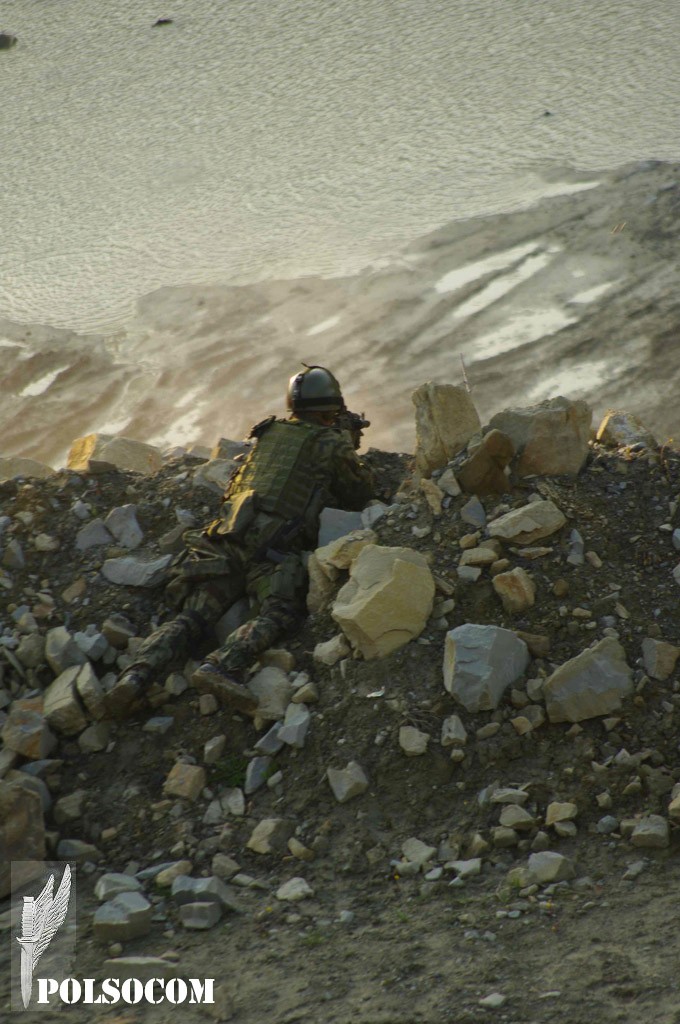

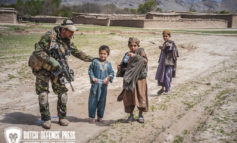
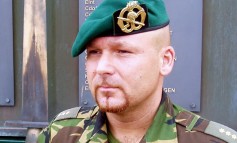
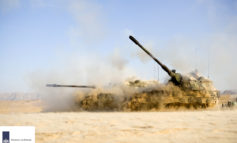



2 Comments
Polish Special Operations Units and the man in charge - Dutch Defence Press Dutch Defence Press
8 maart 2016 at 21:44[…] Special Ops in Afghanistan: Patalong: “Task Force 49 and Task Force 50 were different from the very beginning, to start with they are comprised of different units. TF 49 is made up of GROM operators and TF 50 is run by JWK commandos. TF 49 is used as a strike unit, they do mainly direct action and operate in the entire Afghan territory. TF 50 is a bit different, they focus on military assistance, who prepare and train the two TRCs in Paktika and Gaszni provinces and support the main Polish task group. It doesn’t mean that that TF 50 doesn’t do direct action, they have to, but hostage rescue and direct action are the main tasks of TF 49. If they are not available, which can happen. TF 50 goes in.” (see hostage rescue story TF 50, earlier published on this website). […]
Polish Special Operations Units and the man in charge - Dutch Defence Press
28 april 2020 at 22:55[…] Special Ops in Afghanistan: Patalong: “Task Force 49 and Task Force 50 were different from the very beginning, to start with they are comprised of different units. TF 49 is made up of GROM operators and TF 50 is run by JWK commandos. TF 49 is used as a strike unit, they do mainly direct action and operate in the entire Afghan territory. TF 50 is a bit different, they focus on military assistance, who prepare and train the two TRCs in Paktika and Gaszni provinces and support the main Polish task group. It doesn’t mean that that TF 50 doesn’t do direct action, they have to, but hostage rescue and direct action are the main tasks of TF 49. If they are not available, which can happen. TF 50 goes in.” (see hostage rescue story TF 50, earlier published on this website). […]